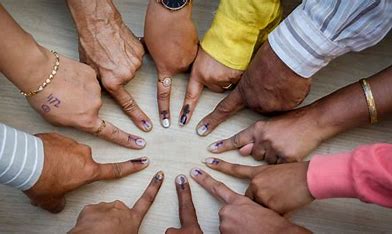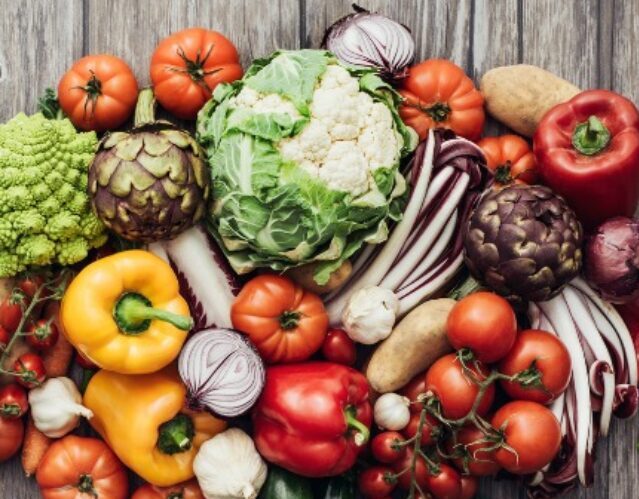
A study found that young adults in their 20s and 30s who consume moderate to substantial amounts of alcohol may be more susceptible to having a stroke than those who consume little to no alcohol.
The study was published in the issue of Neurology. “The rate of stroke among young adults has been increasing over the last few decades, and stroke in young adults causes death and serious disability,” said study author Eue-Keun Choi, MD, PhD, of Seoul National University in the Republic of Korea. “If we could prevent stroke in young adults by reducing alcohol consumption, that could potentially have a substantial impact on the health of individuals and the overall burden of stroke on society.”
The study examined data from a national health database for Koreans in their 20s and 30s who underwent four annual physical examinations. Every year, questions about drinking were put to them. They had an average of six years of follow-up.
They were questioned about how many days a week they consumed alcohol and how many standard drinks they had each time. Moderate or heavy drinkers were those who consumed 105 grammes or more each week. This equates to 15 ounces each day, or just a little bit more than one drink. Approximately 14 grammes of alcohol, or 12 ounces of beer, 5 ounces of wine, or 1.5 ounces of liquor, make up a typical American beverage.
The study comprised around 1.5 million participants. During the course of the investigation, there were 3,153 strokes.
For two or more years of the trial, those who drank moderately to heavily had a 20% higher risk of having a stroke than those who drank lightly or never drank any alcohol. Light drinkers were defined as individuals who consumed less than 105 grammes, or 15 ounces, per week.
The risk of stroke rose with the duration of moderate-to-excessive drinking. Two years of moderate to heavy drinking was associated with a risk increase of 19%, three years with a risk increase of 22%, and four years with a risk increase of 23%.
These findings came after the researchers took into account additional risk factors for stroke, such as high blood pressure, smoking, and body mass index.
The association was mostly brought on by a higher risk of hemorrhagic stroke (stroke brought on by brain hemorrhage).
People who had consumed alcohol for four years had a stroke rate of 0.51 per 1,000 person-years for any type of stroke, compared to 0.48 for three years, 0.43 for two years, 0.37 for one year, and 0.31 for none. Person-years are a measure of both the number of participants in the study and the duration of each individual’s participation.
“Since more than 90% of the burden of stroke overall can be attributed to potentially modifiable risk factors, including alcohol consumption, and since stroke in young adults severely impacts both the individual and society by limiting their activities during their most productive years, reducing alcohol consumption should be emphasized in young adults with heavy drinking habits as part of any strategy to prevent stroke,” Choi said.
The study’s exclusive inclusion of Korean individuals implied that results may not be applicable to people of other racial and ethnic groups. Additionally, respondents answered questionnaires regarding their alcohol usage, suggesting inaccuracies in their answers.















